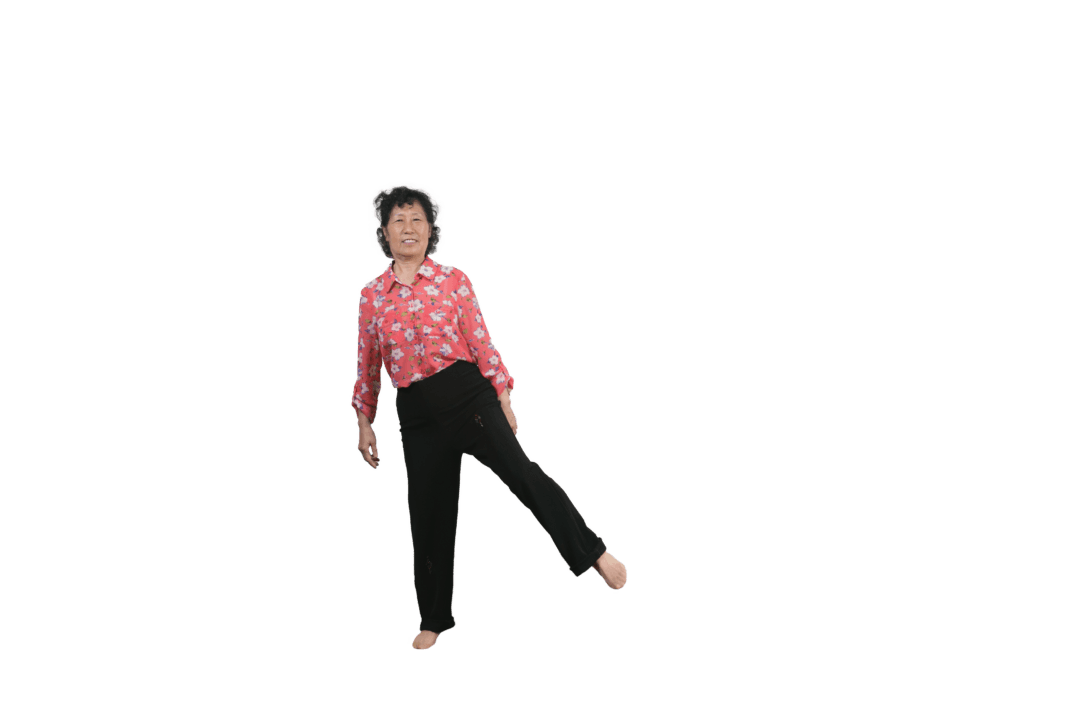As we age, we tend to move less and get stiff, which can put us at risk for falls. Stiffness and the fear of a potential fall can also create a downward cycle of exercising less because physical activity may be uncomfortable and intimidating.
So it is important to make a conscious effort to move more and to do it well. And if you already feel disconnected from your body, there are professionals who can help.



